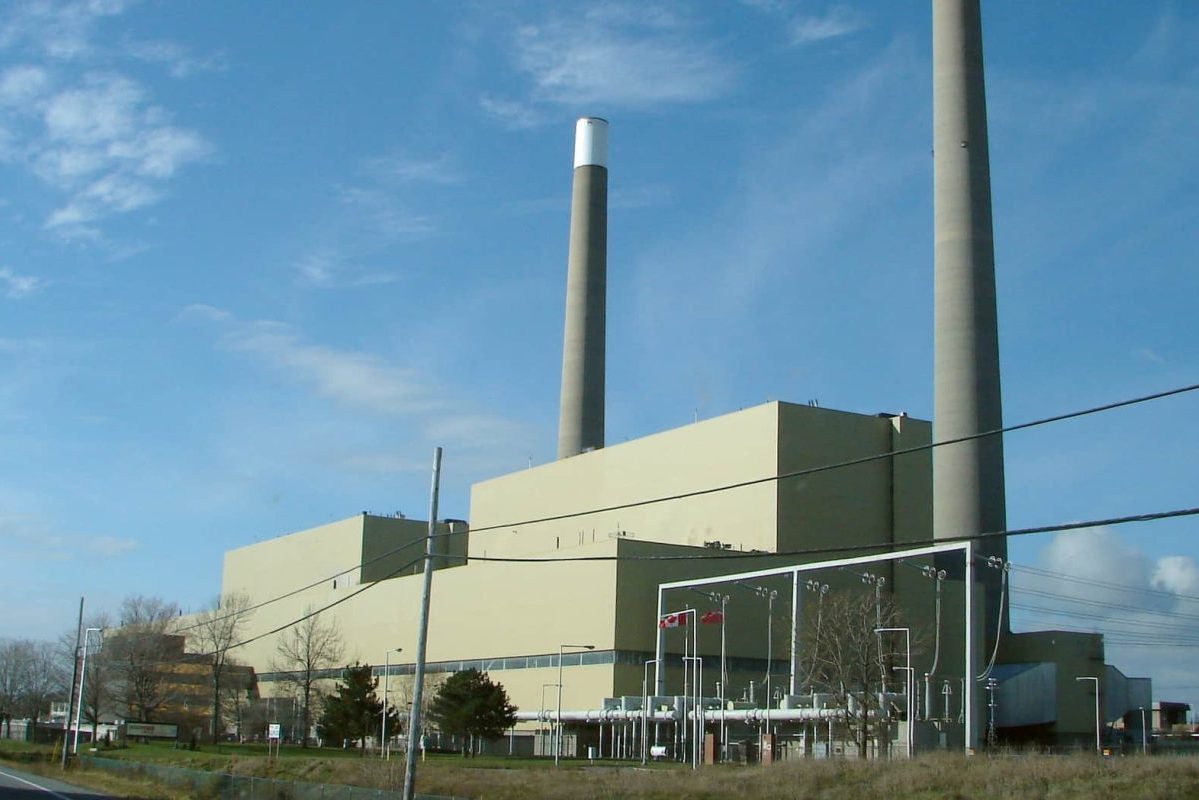Ontario has announced plans to build new polluting gas power plants to provide electricity for the province. This is absurd, given that Ontario effectively phased out coal-fired electricity units between 2005 and 2017.
Electricity production emissions are expected to increase by more than 400% by 2030. This hike will cancel out around half of the carbon reductions gained by phasing out filthy coal and make meeting Ontario’s own emission reduction targets far more difficult.
According to the government, it has no alternative but to build additional gas plants. The IESO, the provincial government organization in charge of regulating power, has concluded that the only option to fulfill rising electricity demand is to construct additional gas plants.
However, the claim that additional fossil-fuel-generated electricity is required is erroneous. Renewables such as wind and solar, combined with current storage technology, can offer reliable and affordable electricity to fulfill the world’s expanding electrical demand.
Aside from large-scale projects, the province can participate in smaller-scale decentralized local energy production that can flow into the electricity grid. According to the IESO’s own report, extra capacity requirements may be fully covered via Distributed Energy Resources (DERs).

Local solar power, smaller-scale energy storage solutions, and energy efficiency and conservation programs could all be considered DERs. All of these would be far less expensive than building new gas plants.
Hydro Quebec also provides an abundance of hydroelectricity. Ontario has been purchasing this low-cost electricity for many years, but the province just chose to terminate the deal.
Despite this, the IESO is currently desperately attempting to build new gas plants under the guidance of the Ontario government. And, it appears, the organization is making every effort to expand before Federal regulations prevent it from doing so.
The federal government is actively developing Clean Electricity Regulations to phase out harmful gas power. However, there is a key flaw in the draft strategy: new gas facilities built before January 2025 can remain operational and generate greenhouse gases beyond 2035.
The real kicker, however, is that the Ontario government is telling new gas plant operators that they would continue to be paid even if the gas plants are forced to close. That means that even when fossil-fuel companies stop supplying us with electricity, ratepayers will continue to pay them.
